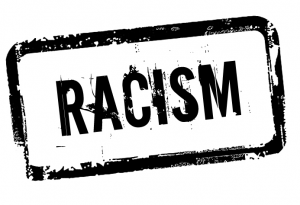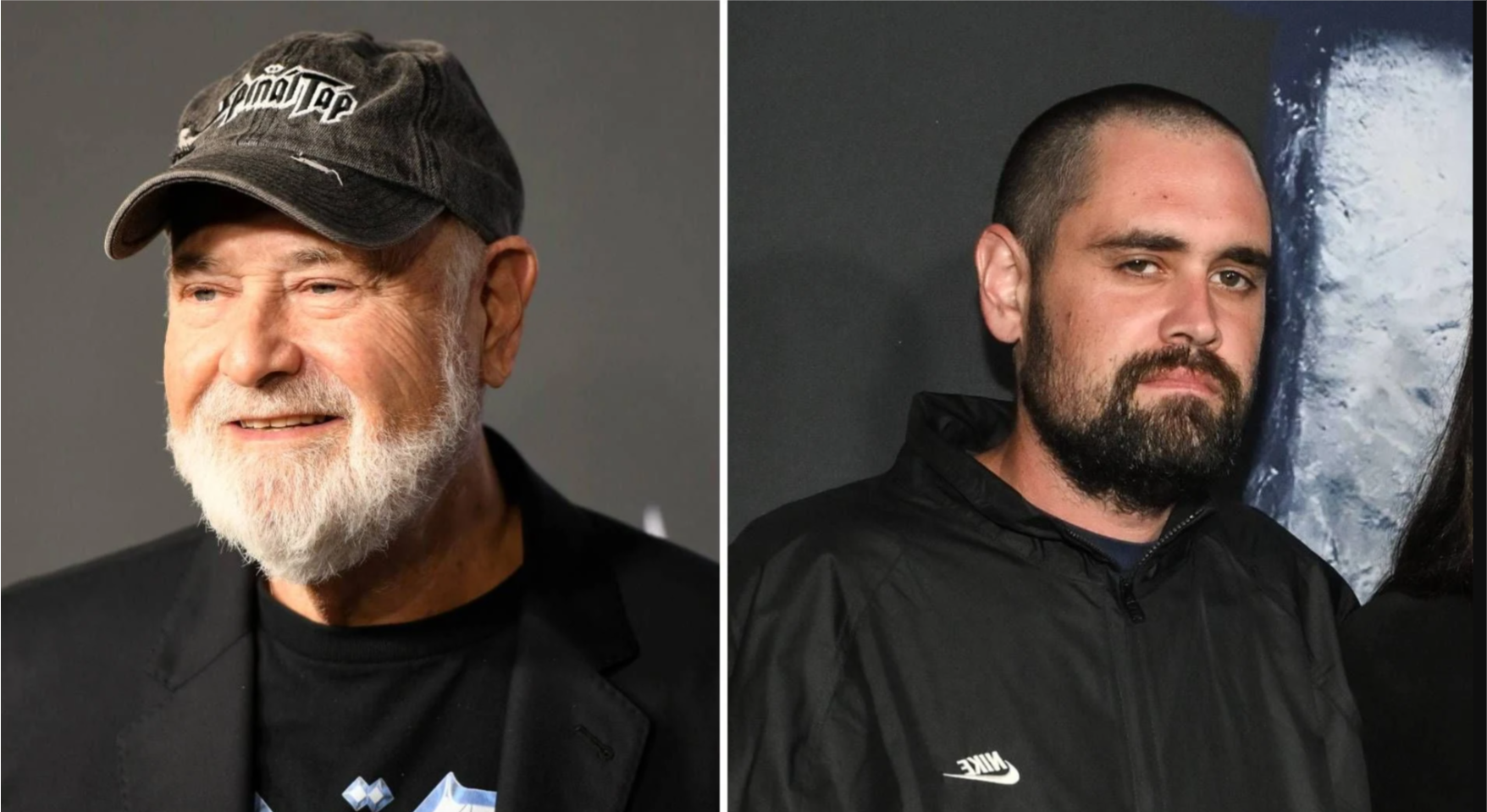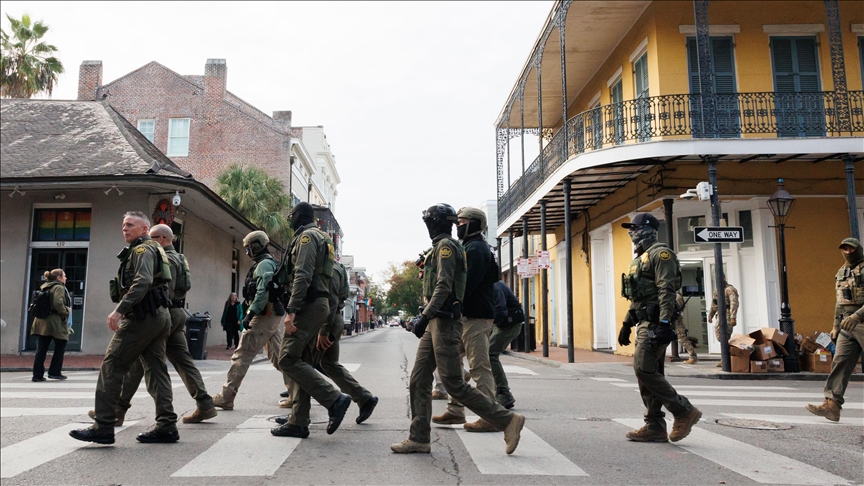(ThyBlackMan.com) Sundown towns are not part of Americans’ discourse on race relations, despite the fact that they form a foundational aspect of it. It seems that our linear, historical narrative of American history has confined “racism in America” to the deep South and the years of Jim Crow laws. In short, we have come to think that racism is confined mostly to Confederate flag-waving southerners and even more disturbing, that it’s a problem we’ve managed to largely “fix.”
Of course, the story is far more complicated, and it turns out that these towns played (and still do) a major role in how African-Americans are treated. What is a Sundown town? They were–or rather, are–small, all-white areas (“towns”) in which African-Americans were banned from residing. In fact, any inauspicious “colored” person who found him or herself in these racially hermetic communities could face harassment, violence, or death. The name, “sundown town” comes from the signs posted on city limits that read, “Whites Only After Dark,” or some variation of the like. This writer came across this information while compiling research for my new book, titled: Good Advice Is Just That! (Circa 1929).
The most shocking aspect of sundown towns isn’t their professed hatred for African-Americans, but the fact that they were not located in the South. This is a surprising fact for many. More disturbing is the fact that, since their origins, their numbers have not diminished very greatly in the U.S.
Sundown towns have been around since 1890 and between then and 1930 (even through the 1950s) they began sprawling throughout the west and Midwest. According to the book, Sundown Towns by James Loewen, places like Elwood, Indiana had African-Americans physically threatened, even in 2002. Since the last century and through today Elwood has a zero black Black population and hosts an annual Ku Klux Klan parade. In fact, the “progressive” village of Oak Park, Ill, now heralded as a modern image of racial harmony and inclusion for its middle to upper income residents, was considered a sundown town, by virtue of its neglible minority population as recently as the ”60’s.” As a matter of fact; the state of Illinois itself has one of the largest sundown town populations—it is estimated that about 145 exist.
even in 2002. Since the last century and through today Elwood has a zero black Black population and hosts an annual Ku Klux Klan parade. In fact, the “progressive” village of Oak Park, Ill, now heralded as a modern image of racial harmony and inclusion for its middle to upper income residents, was considered a sundown town, by virtue of its neglible minority population as recently as the ”60’s.” As a matter of fact; the state of Illinois itself has one of the largest sundown town populations—it is estimated that about 145 exist.
Furthermore, Loewen’s research suggests that the “modern” sundown town can be a neighborhood or a suburb that is all-white. Thus, the idea that “Blacks simply don’t live” in certain places exists, historically, because they were banned from and threatened in those very places. What we see today as a conspicuously white neighborhood very likely has a “sundown” history or angle.
The New Sundown Town Mentality
Sundown towns were not just places, but a mentality (a way of thinking). This is a crucial aspect in understanding what sundown towns mean for race relations today. In the 1890s, this “sundown” mentality started as one of racial segregation, but today the sundown town mentality has taken the form of economic segregation and inequality.
The truth is, African-Americans moved to northern cities and were confined to ghettos not because they chose to, but because they needed to in order to live normal lives. As such (something with which even Loewen agrees) the poverty and under-education among African-Americans is a result of their exclusion from wealthier suburban areas and better school districts.
Mostly white and all-White neighborhoods, historically, have better schools, more safety and police involvement, and better infrastructure. African-Americans have been confined to inferior, urban areas and have had more limited opportunities. No matter what conservative Republican politicians like Paul Ryan will have their “base” voters believe, the lack of economic security among “urban males” has little to do with their supposed lack of initiative, and everything to do with the sub-par opportunities they’ve been given.
Despite our Fair Housing laws and standards, African-Americans are still dealt an inferior hand when it comes to housing (higher prices in some areas, or a set of “deed-restrictions” to bind residents).
Perhaps most interesting about the sundown mentality is that those towns provided a kind of pastoral retreat for racist whites. In the 1950s Detroit, for example, whites began to move to the suburbs in droves, and according to a NY Times article on the subject, they left because of a “desire for a little green space, new housing, better schools, and freedom from crime. Few of them acknowledged the racial motive behind white flight, that words like “freedom from crime” were code for moving away from Blacks.
Indeed, one could go further and say that the desire for fresher air and greener space was a sublimated desire for racial purity. Sundown towns provide the racially pristine community that racist whites have craved, and they still do in the form of picture-perfect white picket fences and a driveway with a Golden Retriever jumping out to meet its owners.
The Urban Myth and Sundown Towns
It is important to further examine the urban myth created and perpetuated by the sundown town mentality. African-Americans, especially today, are associated with urban landscapes and poverty. In fact, the attachment is so prevalent that African-Americans themselves are hard-pressed to overcome it. We have almost taken it for granted that Blacks and other minorities prefer to live in cities and crowded apartments rather than houses. We have, to quote the NY Times, “attributed the whiteness of the suburbs to black racial inferiority: blacks, they said, did not have the discipline to own homes.”
One must recall the bombastic comments made in the last presidential elections (particularly by Rick Santorum) regarding the connection of African-Americans to welfare. According to Santorum (though he is not the only one), African-American people are mostly the ones on welfare and they use the system purely out of choice. Thus, we have created a phantom culture in our minds–one in which African-Americans choose to live and operate on the margins of society despite mainstream American society has offering them “plenty of chances.” It should be added that this mentality applies not just to blacks, but to Latino’s as well.
Sundown towns give us a glimpse into a part of white America in the 19th and 20th century that was overtly racist. African-Americans were believed to be inferior because of their race and biology. Today, racism is prevalent but instead of labeling it “racism,” we talk about “gentrification” or “income gaps.” For instance, people would agree that Los Angeles (a city which is thought of as fairly progressive) is divided in terms of income, but few would argue that there are plenty of upscale sundown towns in the L.A. county area, with the poorer minorities concentrated in East and Downtown L.A. and wealthier (mostly white) residents in suburbs. A great number of the Latinos that you will see in Beverly Hills work as nannies and cleaning staff, and let us not even mention the fact that the city still reels from the Rodney King riots in the 90s.
As such, even though 2014’s June unemployment rate (reported in July) is at 6.1 percent for Americans, the lowest since the early 90’s; it is important to look at the income gap and social inequality today as a phenomenon deeply tied to and even caused by racism. The idea of sundown towns has radically changed the way we look at race relations today and is making us aware of the fact that we have not yet arrived at an ideal and tolerant society.
Staff Writer; Stanley G. Buford
Feel free to connect with this brother via Twitter; Stanley G. and also facebook http://www.facebook.com/sgbuford.
















Incomes small town in west Texas started school Anand we (that to be Black)would be placed in a class as the only child that to be black…I had no white boys to play with and the three girls that played with me the had a meeting with their mother in my face in hope at the would tell children not to play with me like the boys did but the mothers all did not do that but told too leave us alone. I lived next to one and the mothers worked with mine mom.I still can remember that and been only 6yrs old…I have not forgot that part of my life 52yrs later.
I think people should be free to live as they please and if that means they want to live around their own ethnicity then that’s fine. I am reminded of what happened to whites in South Africa when the switch between whites in charge to blacks in charge occurred and all that happened at the time. Racism occurs on both sides with equal viciousness. If this was a perfect world well then it wouldn’t matter, but it’s not a perfect world. I think it says it all when people want to force blacks into white neighborhoods. It says a lot about the one trying to impose themselves on another group and it says a lot about why a group does not want to live around another group. And it says a lot about the group that others don’t want to hang around, which in this case appears to be whites. Maybe the real problem is simply blacks themselves and they just don’t want to face up to it.
I am born and raised in Erie, PA and after reading this book my eyes opened WIDE.
I worked in Elwood, Indiana from 2014 to 2016. I’d drive there daily and my shift didn’t end until after dark. A coworker even offered me a home to rent so I could be closer to work and eliminate my 100 mile a day drive. I never experienced any form of racism.. Yes, I’m African American, and there are others that are employed there. I’ve also seen interracial couples that live in town, as well as interracial teens working at other companies throughout. At this point in time I’m sure it’s more about how you carry yourself there, because I have many friends native to Elwood that I’ve come to know through work. Sadly I feel safer in that area after dark than Gary or Detroit South Bend or parts of Chicago anytime of day. I have since found employment closer to home but I still go visit my friends.
I live in a bigot filled town Wilkes Barre Pa there are new breed bigots harassing me since I moved here because I am a headstrong African American woman that won’t bow down to master I rather die first I have had everything done to me except a cross burning in front of the rental. I will not allow these ignorant bigots to intimidate I or my three BLack sons that are an endangered species that are being shoot down daily I need assistance dealing with this God knows i do please contact me I am about to all Al Sharpton maybe he can help with these bigots they need to be exposed. Slavery is over don’t they know or they don’t care.
Of course black people have not arrived … And get this it is not because of white hatred!
It is because of us! We are our own worst enemy. All white people are not racist!! Again, I say all white people are not racist!! Sure there are people within the United States who are racist and we must not limit these feeling to whites, because there are some blacks who do not care to be associated with white folks either. My point is this and it is rather simple, when blacks have come up with a plan of advancement which non-racist whites could rally around, they have done so. Let’s name some: The Pell Grant legislation adopted in 1965; Separate but equal laws struck down by the Supreme; The 1954 Surpreme Court decision to desegregate schools; the Civil Rights Act of 1964; The Voters’ Right Act of 1965 and a legislative Act signed into law by Republican President Richard Nixon in 1972 called the Equal Employment Act. Those who oppose black advancement did not just disappear after the enactment of the above legislative acts, they organized. We see the results of their labor in the majority of judges on the Supreme Court and in legislative acts such as “Stand your ground law.” But brothers and sisters those whites who rallied to the cause of liberty and freedom for all men and women have not gone anywhere either. It is we who are being persecuted!! Why should the burden and the weight of coming up with a solution not be put on our backs. After all, we as a race know what we want and that is economic freedom. Why should we not be responsible for presenting an “acceptable solution” that all freedom loving men and women can rally around and support. That’s what the brothers and sisters demanded and presented in 1960’s and 1970’s. Whites who actually believed in freedom as written in the U.S. Constitution crafted those suggestions and means into legislation. Look, the bottom line is that we need to have risk capital made available to us that doesnot depend upon the capricious nature of white racists. We need to move to discussing doable solutions that can be reduced to legislation. Come on brothers and sisters, we know we should about the business of coming up with solutions – why will we not get to it! http://www.Jobcreationnow.com
Great article that proves once again, we need to start working together to solve our own problems. This is not only true in housing, but in the work place. Just recently some of the top tech companies admitted the lack of people of color working for their company. But we can change this by creating opportunities within our community. Remember, it doesn’t take a lot of money from the individual to make positive changes in the community, but it does take a lot of unity.
Black Unity means financial independence and happiness